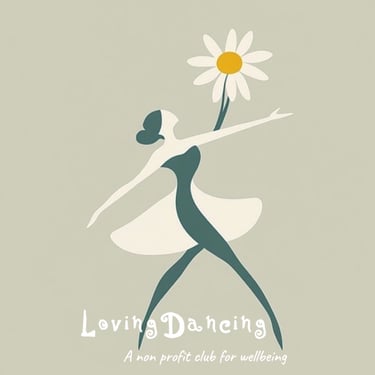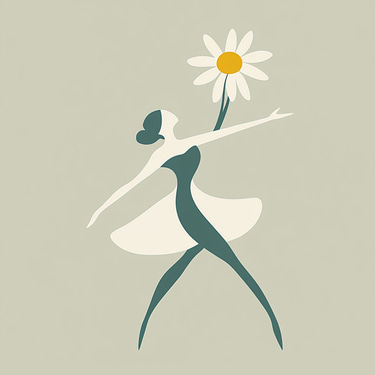The most common injuries in Ballet, how to prevent and rehab
it is mostly unpleasant if we have to stop dancing due to unexpected injuries, a long healthy and sustainable approach is highly recommended to love ourselves for progressions.
PREVENTION
Mrs. DL
10/1/20242 min read


In ballet, the most common injuries are usually associated with repetitive movements and the high physical demands of the art. The most injury-prone areas and movements include:
1. Ankles and Feet (particularly during jumps and relevés)
Common Injuries: Sprains, tendonitis, stress fractures, and plantar fasciitis.
Prevention: Focus on strengthening exercises for the ankles and feet, warm up thoroughly before class, and pay attention to technique, especially alignment during relevés and landings from jumps.
Rehabilitation: Rest, ice, compression, and elevation (RICE) are crucial for ankle injuries. Physical therapy to restore strength and flexibility is also essential. Gradually reintroduce load-bearing activities, starting with basic barre exercises.
2. Knees (especially during pliés and jumps)
Common Injuries: Patellar tendonitis, meniscus tears, and ligament strains.
Prevention: Avoid excessive turnout from the knees, focus on proper alignment, and engage the core and glutes during movements to reduce knee strain.
Rehabilitation: Strengthening the muscles surrounding the knee, particularly the quadriceps and hamstrings, is key. Icing after practice, wearing supportive braces, and slowly building up intensity can help the recovery process.
3. Hips (due to extreme turnout and extensions)
Common Injuries: Hip flexor strains, labral tears, and snapping hip syndrome.
Prevention: Work within your natural turnout range, avoid forcing the hips open, and incorporate strengthening and stretching exercises for the hip flexors and rotators.
Rehabilitation: Focus on restoring hip stability through exercises that strengthen the deep rotators and hip abductors. Stretching the hip flexors and working on mobility will also aid in recovery.
4. Lower Back (during arabesques and back extensions)
Common Injuries: Strains, disc injuries, and lower back pain from hyperextension.
Prevention: Always engage the core during back extensions and arabesques, avoid overextending, and ensure proper technique when lifting the legs.
Rehabilitation: Core strengthening is crucial for long-term recovery and to prevent future injuries. Gentle stretching and low-impact exercises like swimming or Pilates can help rebuild strength in a controlled manner.
5. Achilles Tendon (during pointe work and relevés)
Common Injuries: Achilles tendonitis or rupture.
Prevention: Proper warm-up, gradually increasing pointe work intensity, and strengthening calf muscles. Avoid overworking and overuse.
Rehabilitation: For Achilles injuries, rest and physical therapy focused on eccentric calf exercises are important for recovery. It's also crucial to ease back into pointe work gradually.
General Recommendations:
Warm-Up: Always spend time warming up before dancing to prevent injury. Dynamic stretches and targeted mobility exercises can prepare the muscles and joints.
Cross-Training: Incorporate strength training, Pilates, or yoga to improve overall flexibility and core stability, which supports better ballet technique and reduces the risk of injury.
Rest: Ensure you're getting adequate rest and allowing time for your body to recover between sessions. Overtraining often leads to injuries.
For rehabilitation, it’s important to work with a physical therapist or dance specialist who understands the unique demands of ballet. A well-structured program, focusing on rest, mobility, and strength, will help us ensure a safe and complete recovery.
You can find the warm up gear and post-training essentials in Mrs. DL's collection; if you need recommendations for physio, contact us.
DancingLoving - your non profit association for holistic wellbeing
mrs.dancingloving / Mrs. DL


Spotify: community music & podcast sharing
WhatsApp: open community
Instagram: mrs.dancingloving
LinkedIn & Facebook: stay tuned!
Newsletter: sign in in "contact"
